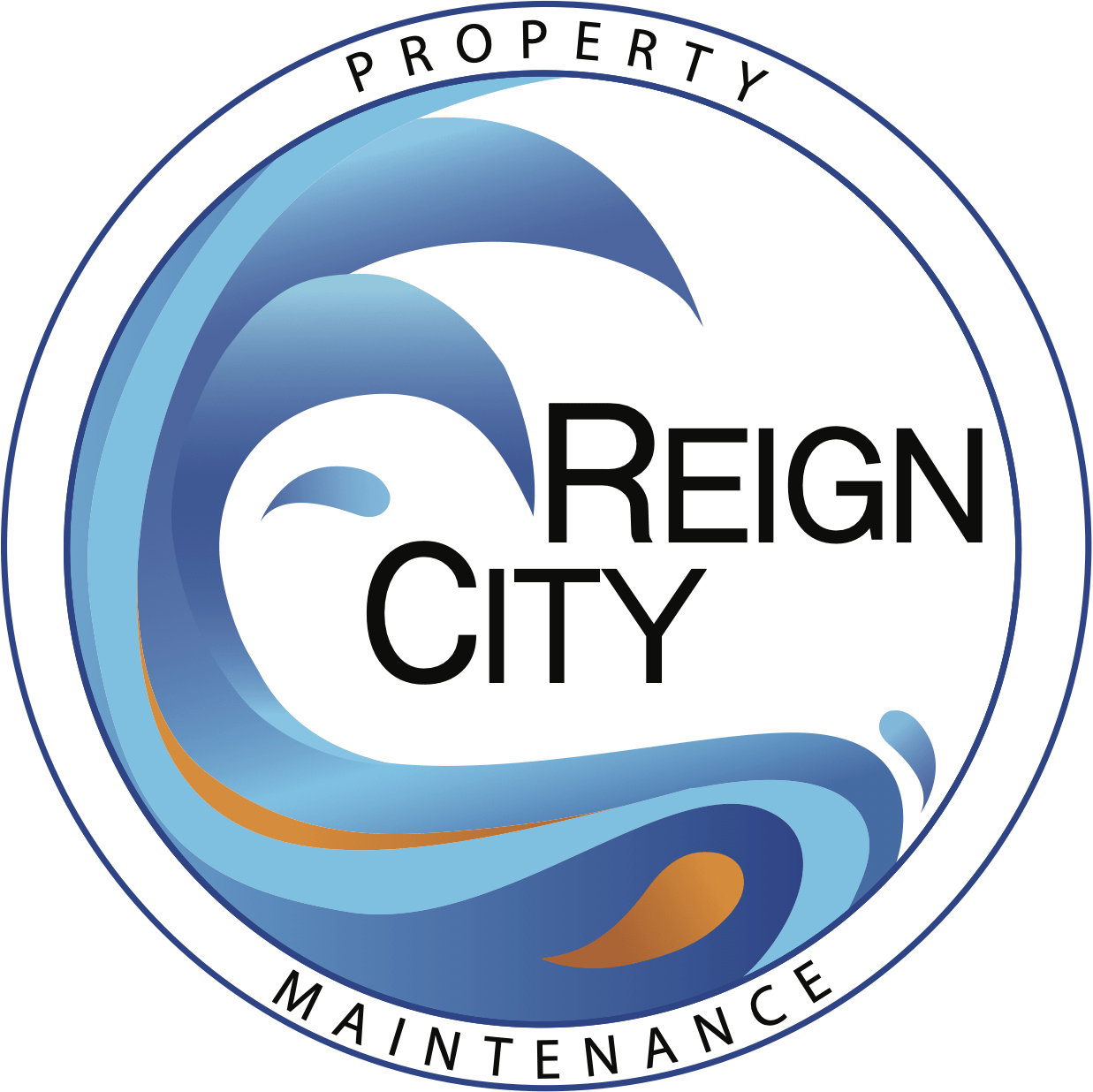Using a bleach solution with low pressure (equivalent to the force created by your garden hose with a spray nozzle) is a great way to wash away thick dirt, moss, and lichens. The solution will completely kill the organisms and leave your roof clean for a long time!
This method takes longer than high-pressure washing, but it is safe for your tiles. It also doesn’t damage the plants below your roof! Learn more by clicking here.
High-pressure washing
Pressure washers are a popular tool in the cleaning industry for blasting off dirt and debris from surfaces. However, the high-pressure water flow can cause damage to certain surface materials. For example, if you point your pressure washer directly at your roof shingles, it may chip them or force water under them, leading to rot. Always wash your roof in small sections. Also, never aim the pressure washer nozzle up at your roof, as this can void your warranty and possibly cause shingle discoloration or granular loss.
A professional soft washing system uses a low-pressure power washer in combination with cleaning solutions to clean the surface of your roof. These cleaners contain surfactants that help break up and loosen the unwanted substances on your roof, including mold, mildew, moss, and algae. They can also kill these substances to prevent them from growing back. Additionally, a soft washing process can also reveal damage to the underlying structure of your roof, such as rot or leaks.
Low-pressure washing
In addition to removing dirt and grime, low-pressure washing is also a great way to kill airborne mold and mildew spores. This helps to improve the quality of air for the occupants of the home and prevent respiratory problems. It is also a good way to preserve a roof’s lifespan.
The cleaning process involves a combination of specialized cleansers and gentle water spray. A soft wash will remove stains, while also killing mold and mildew spores, algae, moss, and plants. This method of cleaning is also safe for most roofing materials and won’t damage them like high-pressure washing can.
Low-pressure cleaning can be used to clean exteriors and roofs on any type of home. It’s also a safer alternative to power washing because it requires less time and energy to set up ladders. Soft washing also uses biodegradable detergents that are safe for the environment and won’t cause damage to vegetation or concrete surfaces.
Soft washing
Soft washing uses soaps, solutions, and disinfectants in combination with low pressure to clean surfaces without harming them. This is an environmentally friendly method that is also safer for your roof shingles and is more effective at removing organic growth like moss, lichen, and other plant life. It is also a much better choice for surfaces that might be damaged by high-pressure cleaning, such as painted areas; materials adhered with mortar and sand such as brick, paver, and tile; or surfaces like vinyl, cedar shake, and wood panel siding.
During the soft wash process, the cleaning solution seeps into cracks and crevices to wash away any accumulated dirt. It also contains surfactants that improve the water’s ability to wash away undesired gunk from your roof. The solution also kills mildew spores, algae, and other harmful organisms that can cause damage to your roof. It will then leave behind a growth-inhibiting residue on your shingles to prevent future fungal problems.
Chemicals
The chemicals used in soft washing need to be effective at dissolving stains and killing organisms. But they must also be safe for roofing materials. They should also be applied to a dry surface, as water run-off from the cleaning process could kill or damage plants and grass on your property.
Bleach, often mixed with phosphates, surfactants, and odor-masking agents, is the main ingredient in many soft wash chemicals. However, high concentrations of bleach are a risk to roof shingles and can break down the petroleum-based components of asphalt shingle roofing.
Another alternative is sodium percarbonate, which starts working as soon as it’s mixed with water. It’s a great choice for black streaks on shingles, but it needs to be mixed and applied properly. If it’s not mixed or applied correctly, the chemical can weaken shingle granules and cause roof leaks. It’s best to apply it on an overcast day so that the sunlight doesn’t cause it to evaporate too quickly. Next article.
